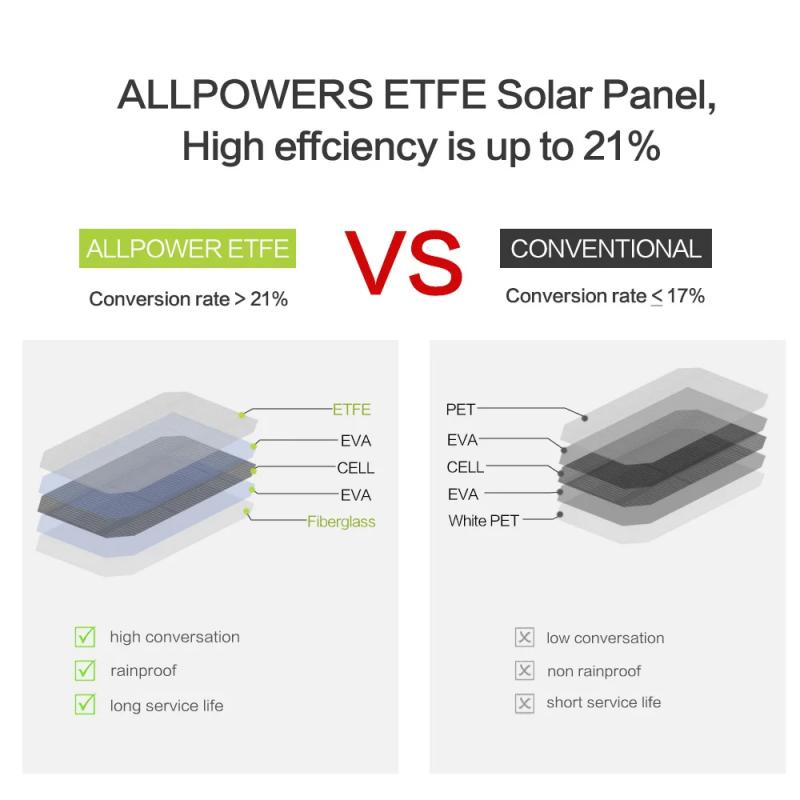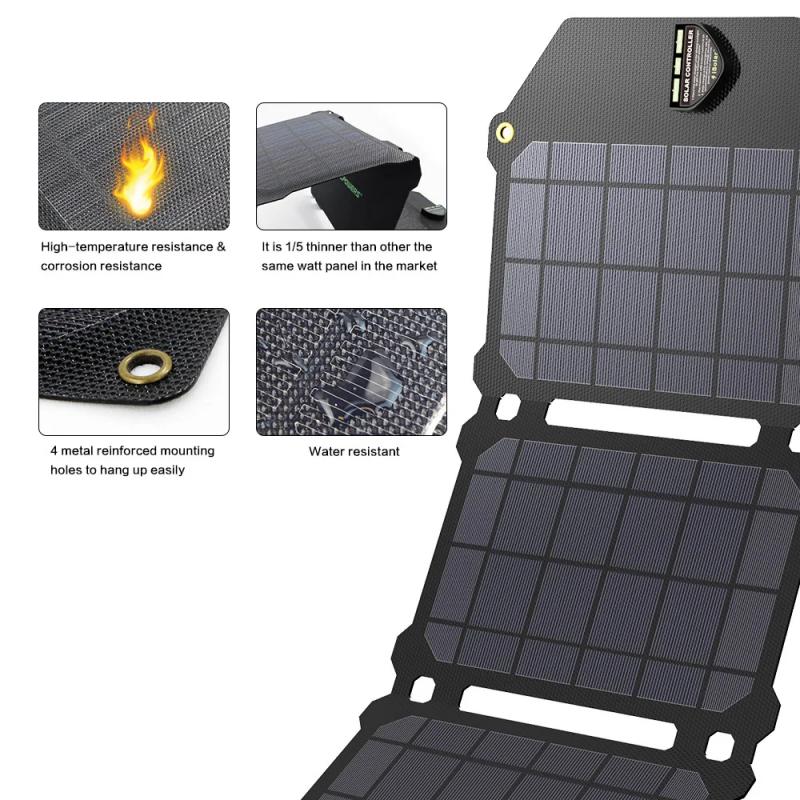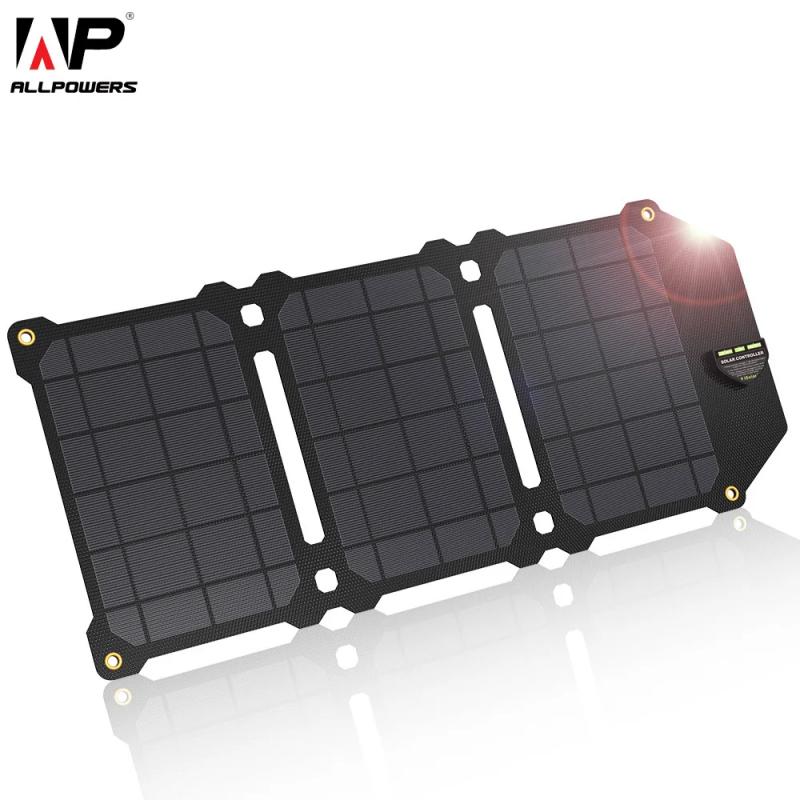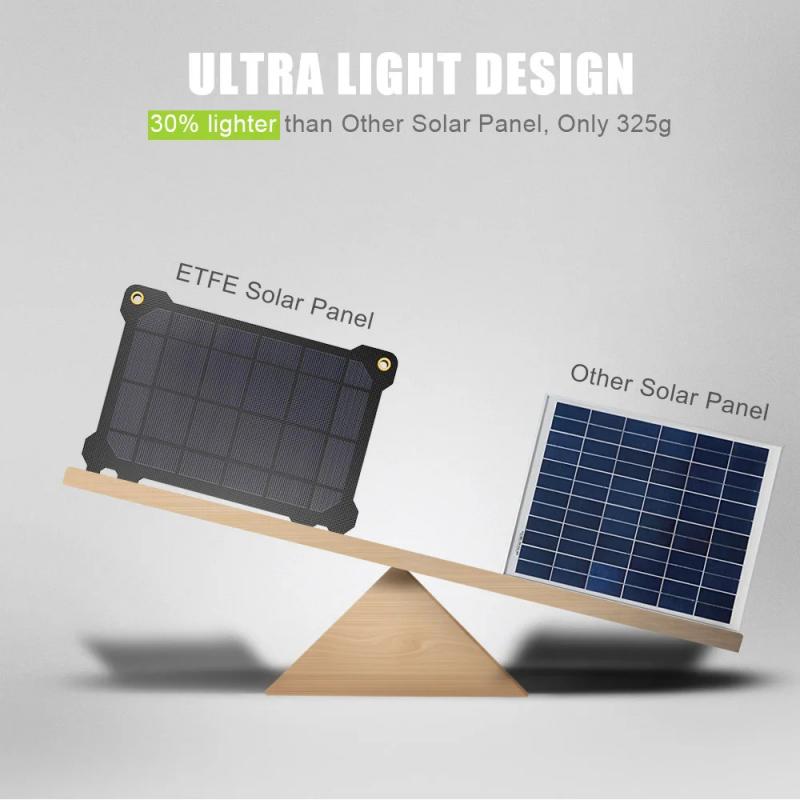How Many Solar Panels To Charge Tesla?
As the world continues to shift towards renewable energy, many Tesla owners are exploring the possibility of using solar panels to charge their electric vehicles (EVs). This not only reduces their carbon footprint but also offers potential savings on energy costs. However, determining the number of solar panels required to charge a Tesla can be a complex task, influenced by various factors such as the model of the Tesla, the efficiency of the solar panels, geographic location, and daily driving habits. In this article, we will delve into these factors to provide a comprehensive guide on how to calculate the number of solar panels needed to charge a Tesla.
Understanding Tesla's Energy Consumption

To begin with, it's essential to understand the energy consumption of different Tesla models. Tesla offers several models, each with varying battery capacities and energy efficiencies. Here are some common Tesla models and their respective battery capacities:
- Tesla Model S: 75 kWh to 100 kWh
- Tesla Model 3: 50 kWh to 82 kWh
- Tesla Model X: 75 kWh to 100 kWh
- Tesla Model Y: 75 kWh
The energy consumption of a Tesla is typically measured in kilowatt-hours per mile (kWh/mile). For instance, the Tesla Model 3 has an average energy consumption of about 0.24 kWh/mile. This means that for every mile driven, the car consumes 0.24 kWh of energy.
Calculating Daily Energy Needs

The next step is to determine your daily driving distance. According to the U.S. Department of Transportation, the average American drives about 13,500 miles per year, which translates to approximately 37 miles per day. Using the Tesla Model 3 as an example, the daily energy consumption can be calculated as follows:
\[ \text{Daily Energy Consumption} = \text{Daily Driving Distance} \times \text{Energy Consumption per Mile} \]
\[ \text{Daily Energy Consumption} = 37 \text{ miles} \times 0.24 \text{ kWh/mile} = 8.88 \text{ kWh} \]
Solar Panel Efficiency and Output

Solar panels come in various sizes and efficiencies, typically ranging from 250 watts to 400 watts per panel. The efficiency of a solar panel is a measure of how much sunlight it can convert into usable electricity. For this example, let's assume we are using 300-watt solar panels with an efficiency of 18%.
The amount of energy a solar panel can produce in a day depends on several factors, including the amount of sunlight (measured in peak sun hours) your location receives. Peak sun hours vary by geographic location, with areas closer to the equator generally receiving more sunlight. For instance, a location in California might receive an average of 5 peak sun hours per day.
The daily energy output of a single solar panel can be calculated as follows:
\[ \text{Daily Energy Output per Panel} = \text{Panel Wattage} \times \text{Peak Sun Hours} \]
\[ \text{Daily Energy Output per Panel} = 300 \text{ watts} \times 5 \text{ hours} = 1500 \text{ watt-hours} = 1.5 \text{ kWh} \]
Determining the Number of Solar Panels

Now that we have the daily energy consumption of the Tesla Model 3 (8.88 kWh) and the daily energy output of a single solar panel (1.5 kWh), we can calculate the number of solar panels required:
\[ \text{Number of Solar Panels} = \frac{\text{Daily Energy Consumption}}{\text{Daily Energy Output per Panel}} \]
\[ \text{Number of Solar Panels} = \frac{8.88 \text{ kWh}}{1.5 \text{ kWh}} \approx 6 \text{ panels} \]
Therefore, you would need approximately six 300-watt solar panels to generate enough energy to charge a Tesla Model 3 for an average daily driving distance of 37 miles.
Additional Considerations
While the above calculation provides a basic estimate, several additional factors should be considered:
1. Energy Storage: To ensure that your Tesla can be charged even when the sun isn't shining, you may need a battery storage system. Tesla's Powerwall is a popular option that stores excess solar energy for use at night or during cloudy days.
2. System Losses: Real-world solar panel systems experience losses due to factors such as shading, dust, and inefficiencies in the inverter. It's advisable to account for a 10-20% loss when planning your system.
3. Seasonal Variations: Solar energy production can vary significantly between summer and winter. In regions with less sunlight during winter months, you may need additional panels to compensate for reduced energy production.
4. Future Energy Needs: If you plan to increase your driving distance or add more electric vehicles to your household, it's wise to consider these future energy needs when designing your solar panel system.
Charging a Tesla with solar panels is a sustainable and cost-effective solution that aligns with the growing trend towards renewable energy. By understanding your Tesla's energy consumption, calculating your daily energy needs, and considering the efficiency and output of solar panels, you can determine the number of panels required to meet your charging needs. While the example provided focuses on the Tesla Model 3, the same principles can be applied to other Tesla models with adjustments for their specific energy consumption rates.
Investing in a solar panel system not only reduces your reliance on fossil fuels but also offers long-term financial benefits. With advancements in solar technology and decreasing costs, now is an excellent time to explore the potential of solar energy for charging your Tesla. By taking into account factors such as energy storage, system losses, and seasonal variations, you can design a robust and efficient solar panel system that meets your current and future energy needs.

There are no comments for this blog.